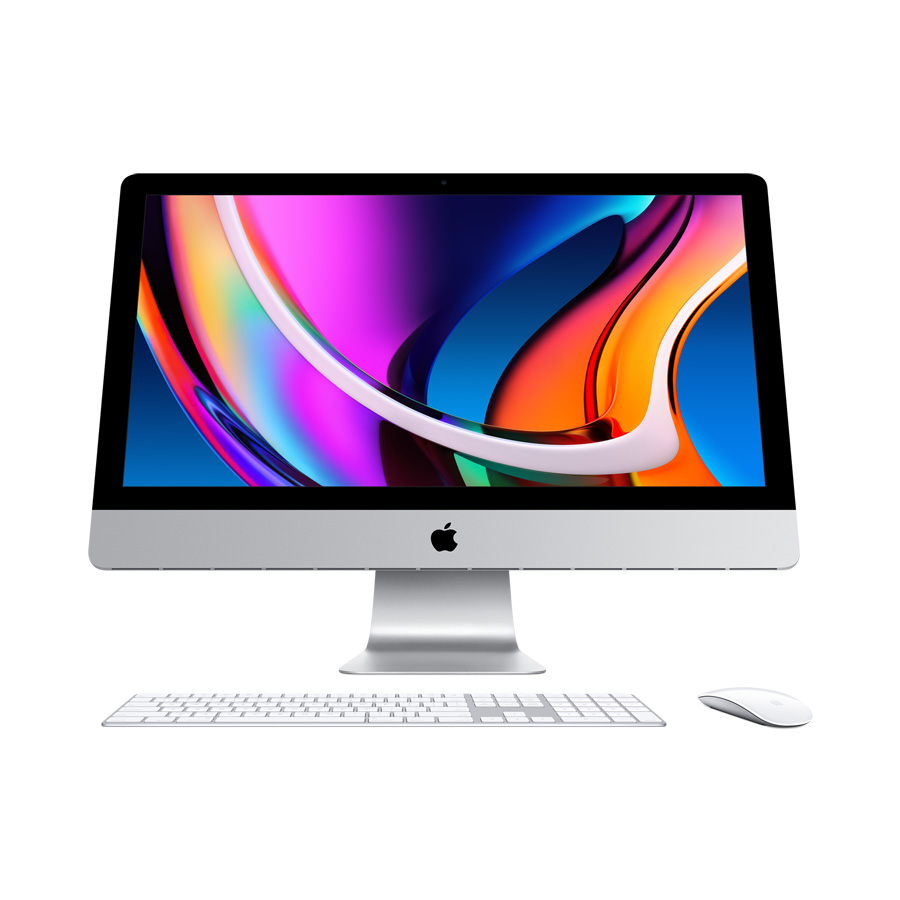There are mixed reviews from users about iMacs slowing down with time. Some users are happy with the performance and face no issues. Others claim that the performance is visibly reduced and their iMac is slowing down. But which of these statements is true?

Apple provides reliable quality, but even an iMac is not immune to certain factors that can slow it. You can read this blog to understand some common reasons why your iMac is slowing down.
Why has my iMac slowed down so much
There are a number of reasons which may be responsible for the slow performance of your iMac. Some common factors are as follows:
Outdated macOS
Apple is always on time with macOS updates. You must install it each time there is an update to avoid it being bad for your iMac. These updates help boost performance and fix minor bugs. Ignoring an update for a longer duration can cause your iMac to slow down. Above all, this also makes it vulnerable to cyber threats.
Full storage space
Full storage can lead to a sluggish iMac as there is no space to process the data. This may impact your commands and cause issues with the performance. If you are not using some applications and files, it is better to delete them. You can empty the trash, declutter your desktop, remove some icons, and use an automatic database on iCloud.
Restart your iMac
This may seem simple, but it can be an effective remedy for improving the speed of your iMac. Restarting your device can help to resolve underlying issues.
Multiple background apps
Despite the amazing engineering and softwares, the iMac has a limit to how many apps it can operate in the background. Many users often install free apps that come with a trial. This can cause trouble with the software, making it sluggish and unable to perform minimal tasks.
The cache needs to be cleared.
Cache are temporary files that iMac stores while you are using various websites. It is a good practice to delete the cache every once in a while. This improves the performance of your device significantly.
RAM update
A common sign of poor RAM is sluggish device performance. Updating your RAM can be difficult as it is soldered onto the motherboard these days. 8 GB or 16 GB RAM can be sufficient for normal tasks whether you are an editor, designer, or developer.
What makes an iMAC run faster
Follow these best practices to make your iMac run faster:
- If there are too many apps on your startup, you can remove them.
- Empty the trash and unused files to improve your iMac speed.
- Reduce the visual graphics as this takes up the attention of the macOs, making it sluggish.
Your iMac may have a virus, making it prone to frequent breakdowns and sluggish performance. This can impact your system’s speed and make your data vulnerable to scammers. To avoid this, you must run an antivirus program to improve the speed of your iMac updates.
If you cannot fix a slow iMac, then it is wise to visit a professional MacBook repair service provider. They can diagnose your iMac for the underlying issues causing the slow performance.
FAQ’s
Q: Why is my iMac slowing down over time?
A: Your iMac may slow down due to reasons like outdated macOS, full storage space, excessive background apps, or a cluttered cache. Regular updates, clearing cache, and removing unnecessary files can help improve performance.
Q: Does restarting my iMac help improve its speed?
A: Yes, restarting your iMac can resolve minor glitches, free up memory, and reset background processes, helping to improve overall speed and performance.
Q: How does full storage affect my iMac’s performance?
A: When your iMac’s storage is nearly full, it struggles to process new data, leading to slower performance. Deleting unused files, emptying trash, and using cloud storage can help free up space.
Q: Can upgrading RAM make my iMac faster?
A: Yes, insufficient RAM can slow down your iMac, especially during multitasking. Upgrading to 8 GB or 16 GB RAM can significantly improve performance for tasks like editing, designing, or development.


